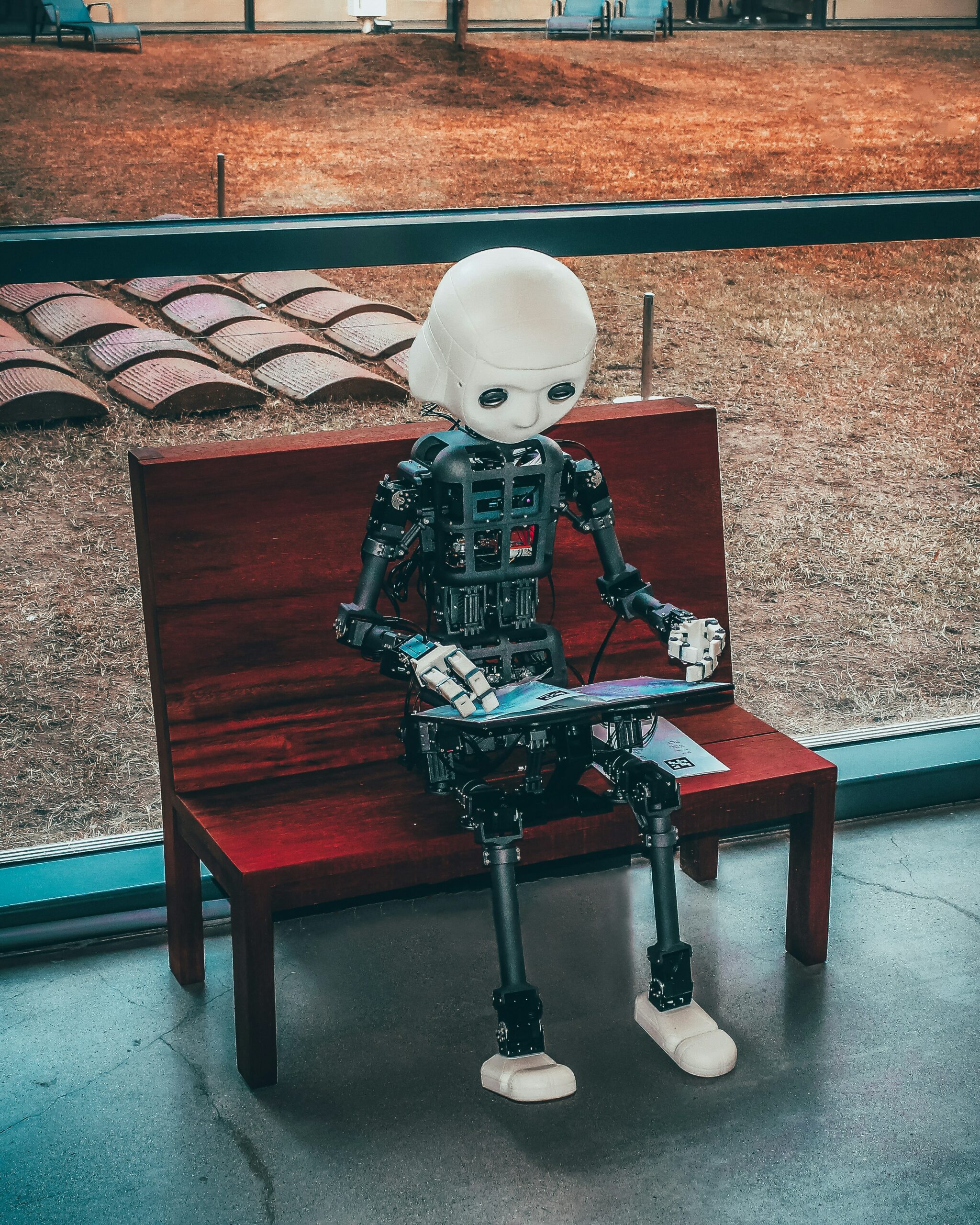What is thought of when hearing the word “digital”? Maybe “electronic” or “technology” come to mind. Perhaps “data” or “devices” instead. It is likely that a sufficient number of individuals will associate one of these words with the term. But what does it actually mean?
Digital Writing
Doug Eyman dives into the meaning of the term in his book “Defining and Locating Digital Rhetoric”. In simplest terms, digital is a series of 1s and 0s. Many individuals may think of digitality as “new” because of their association to electronic technology. However, tools such as fingers can represent digits. In addition to this, codes, hieroglyphs, cuneiform, and other forms of writing are also included in the field of digitality. In fact, it can be argued that all written communication is digital. Since the alphabet can be translated into binary digits, and writing is made up of numerous characters, any form of writing can be viewed as such. Writing is the encoding of information in binary digits.
The Risks of AI
It is important to note that writing is a form of digital rhetoric. And while writing has been around for centuries, advancing with time, it seems as though other digital rhetorics may pose a risk to the foundation of writing. The use of artificial intelligence (AI) has been quickly inclining over the past few years. With the introduction of ChatGPT, an AI chatbot, schools are becoming concerned with its popular use. The article “How to Use ChatGPT to Support Teachers: The Good, The Bad, and The Ugly” discusses the use of ChaptGPT within education. ChatGPT and other AI generators should be used to enhance a student’s learning. Instead, it seems as though it is replacing it.
Potential Changes
With advantages come disadvantages and that is seen within the field of digital rhetoric. Although the meaning of the word has stayed the same, it is being interpreted differently now due to the advancement of electronic and digital technology. Eyman believes in using “digital” as the distinguisher between new and old media, but other scholars disagree. Despite the meaning of the term itself having not changed, is there a need to change the meaning?





Leave a Reply